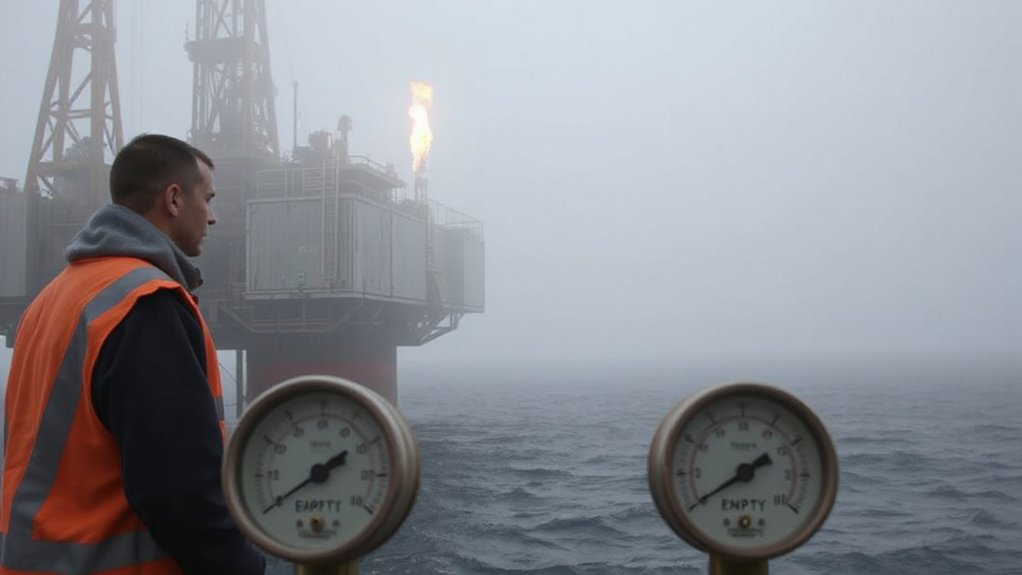Virginia’s solar future hangs in the balance as Governor Youngkin considers bipartisan bills that could boost distributed solar requirements from a measly 1% to 5% by 2028. Already ranked 8th nationally with enough solar to power 800,000 homes, Virginia has invested $8.2 billion in the sector. Rural communities worry about land use, but 57,000 jobs don’t lie. The governor’s pen will determine if Virginia’s solar revolution accelerates or stalls.
While other states have merely dabbled in renewable energy, Virginia has launched itself into the solar stratosphere. Ranked 8th nationally in solar capacity, the Commonwealth now boasts 6,839 megawatts of installed solar power—enough to light up over 800,000 homes. Not too shabby for a state that once clung to coal like a security blanket.
The game-changer? The Virginia Clean Economy Act of 2020. This landmark legislation mandated a 100% carbon-free electricity grid by 2050. No small feat. The law fundamentally told utilities to get with the program: build solar, develop wind, invest in batteries, and gradually kiss those fossil fuel generators goodbye.
The numbers don’t lie. Solar now generates 7.84% of Virginia’s electricity, a dramatic leap from just a few years ago. In 2023 alone, solar accounted for 7% of the state’s generation, contributing nearly three-fifths of all renewable electricity produced. This exponential growth is evidenced by the state generating more solar energy in 2023 than all solar generation before 2021 combined. That’s serious growth—42% over the last decade, with another 6,715 megawatts projected in the next five years.
It’s not just utility-scale projects driving this revolution. Small-scale installations make up about one-seventh of the state’s solar capacity. Rooftop panels could potentially provide 20% of Virginia’s electricity needs. With federal tax credits reducing installation costs by 30%, homeowners across the state are finding solar increasingly accessible. Imagine that! The suburbs of Richmond and Northern Virginia transformed into mini power plants.
The economic impact? $8.2 billion invested and over 57,000 jobs created. Not exactly chump change.
Of course, challenges remain. Some rural communities aren’t thrilled about solar farms gobbling up 30,632 acres of land. Grid connection costs can be prohibitive. And current distributed solar requirements—a measly 1%—need a serious upgrade.
That’s where those bipartisan bills come in. They aim to incentivize small solar projects and potentially increase distributed solar requirements to 5% by 2028. The legislation includes measures to expand the shared solar program and introduce third-party ownership options, increasing access for all Virginians.
The future of Virginia’s solar revolution now rests in Governor Youngkin’s hands. Will he sign? The sunshine state of the South awaits his decision.








